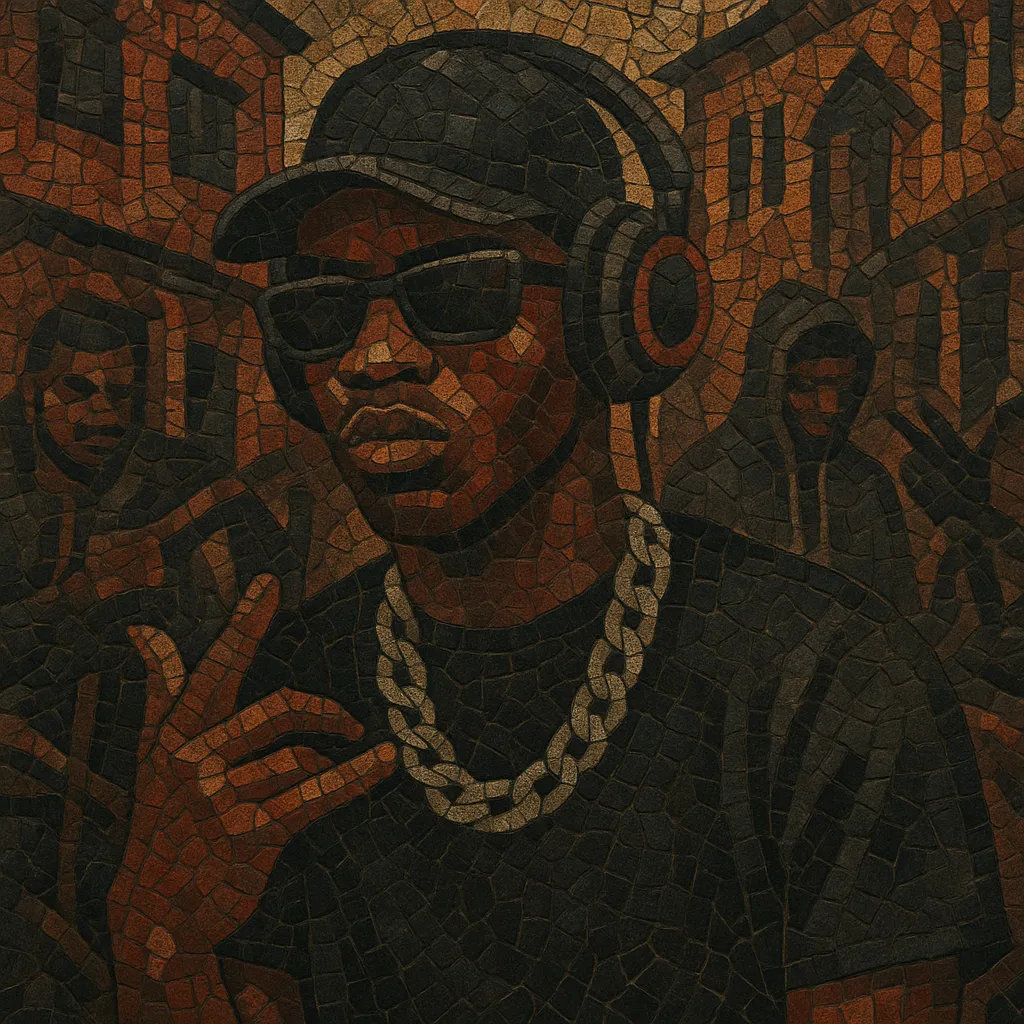Asakaa is a Ghanaian take on drill music that emerged from Kumasi (nicknamed "Kumerica"). It fuses the cold, sliding-808 sonics of UK drill with Ghana’s hip hop lineage (hiplife and highlife influences) and street-slang storytelling in Twi and English.
Typical Asakaa beats sit around 140 BPM with menacing, minor-key textures, rattling triplet hi-hats, swung drill snares, and heavy 808 glides. Lyrically, artists document street realities, crew pride, and youth culture, while hooks often use chant-like call-and-response that suits both clubs and street cyphers.
Asakaa crystallized in Kumasi, Ghana, at the turn of the 2020s as local crews absorbed the sound design and rhythms of UK drill and blended them with Ghanaian hip hop traditions (hiplife and highlife). Life Living Records became a focal hub, nurturing a circle later dubbed the Asakaa Boys.
Viral singles and posse cuts propelled the style beyond Ghana. Yaw Tog’s "Sore" (featuring O’Kenneth, City Boy, Reggie, and Jay Bahd) and Kawabanga’s "Akatafoc" became anthems, amplifying the "Kumerica" identity online. The gritty UK-drill template remained, but the language, slang, and cadences were distinctly Ghanaian, helping Asakaa travel across West Africa and onto global platforms.
Asakaa retained drill’s dark palettes—sliding 808s, sparse pianos, ominous pads—yet incorporated chant-like hooks and call-and-response that reflect Ghanaian party culture. Lyrics alternate between Twi and English, focusing on street narratives, crew loyalty, and youthful ambition.
The scene diversified in flows, producers, and collaborations, influencing the direction of Ghanaian hip hop and inspiring neighboring West African drill pockets. While UK drill and Chicago drill remain core reference points, Asakaa’s local identity cemented it as a recognized micro-scene within global drill.


